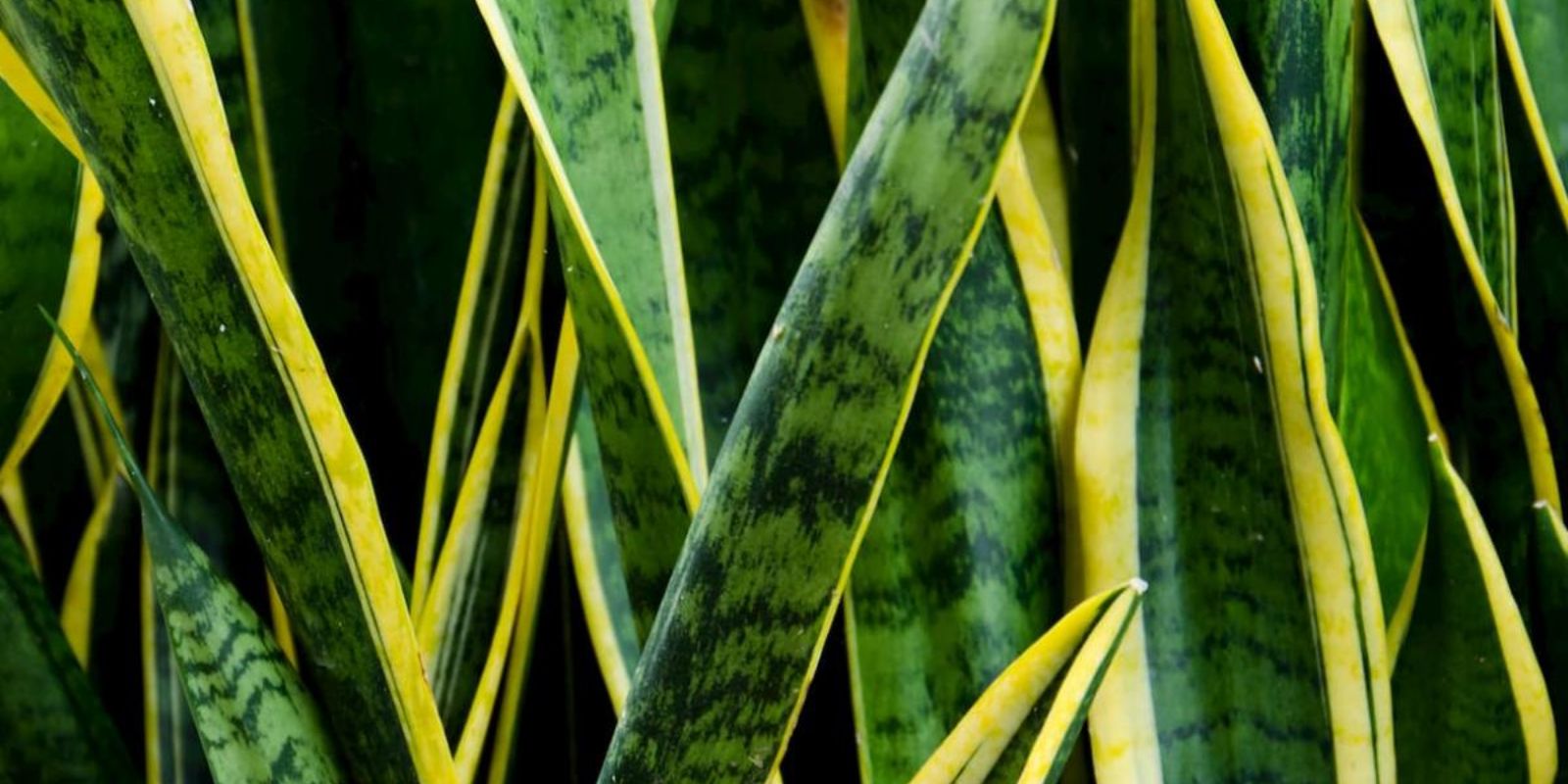Introduction
The Mother-in-Law’s Tongue, scientifically known as Sansevieria and commonly referred to as Snake Plant, is a standout choice for indoor gardening enthusiasts. Renowned for its striking appearance and impressive resilience, this plant has earned its place as a staple in many homes. Beyond its aesthetic appeal, the Mother-in-Law’s Tongue offers a range of practical benefits, making it a valuable addition to your indoor space. In this article, we’ll explore why this plant is so highly recommended, its unique characteristics, and how to care for it effectively.
The Appeal of the Mother-in-Law’s Tongue
The Mother-in-Law’s Tongue is often admired for its upright, sword-shaped leaves that can add a touch of elegance to any room. With its robust green leaves marked by distinctive yellow or white edges, it serves as a striking piece of natural decor. But the beauty of this plant goes beyond its appearance.
1. Air Purification:
One of the most celebrated benefits of the Mother-in-Law’s Tongue is its ability to purify indoor air. According to NASA’s Clean Air Study, this plant is effective at removing toxins such as formaldehyde, benzene, and trichloroethylene from the air. This makes it an excellent choice for improving air quality in your home or office.
2. Low Maintenance:
For those who may not have a green thumb or who are looking for a plant that thrives on minimal care, the Mother-in-Law’s Tongue is an ideal option. It’s incredibly hardy and can withstand neglect, making it perfect for busy individuals or those new to gardening.
3. Resilience to Conditions:
The plant is adaptable to various lighting conditions, from bright, indirect light to low-light environments. It’s also tolerant of temperature fluctuations and can survive in less-than-ideal soil conditions. This resilience makes it a versatile addition to any room.
4. Humidity Regulation:
Mother-in-Law’s Tongue can help regulate indoor humidity levels by releasing moisture into the air through a process known as transpiration. This can contribute to a more comfortable indoor environment, particularly in dry or air-conditioned spaces.
How to Care for the Mother-in-Law’s Tongue
Caring for the Mother-in-Law’s Tongue is straightforward, thanks to its hardy nature. Here are some key tips to ensure your plant thrives:
1. Choose the Right Spot
Place your Mother-in-Law’s Tongue in a location where it can receive indirect light. While it can tolerate low light conditions, it will grow best in bright, indirect sunlight. Avoid placing it in direct sunlight, as this can cause the leaves to burn.
Tip: If you’re growing multiple plants, consider placing them in various locations around your home to see where they thrive best.
2. Water Sparingly
One of the most common mistakes with the Mother-in-Law’s Tongue is overwatering. This plant is drought-tolerant and prefers to be on the dry side. Water it only when the top inch of soil feels dry. During the winter months, reduce watering frequency as the plant’s growth slows down.
Tip: Ensure that the pot has drainage holes to prevent water from accumulating at the bottom, which can lead to root rot.
3. Use Well-Draining Soil
The Mother-in-Law’s Tongue thrives in well-draining soil. A standard potting mix combined with sand or perlite works well. Avoid heavy, clayey soils that retain moisture for too long.
Tip: Consider using a cactus or succulent mix, as these are designed to provide good drainage and prevent overwatering.
4. Potting and Repotting
The plant does well in a snug pot, and repotting is generally only needed when it becomes root-bound. Choose a pot that is slightly larger than the current one if repotting. This allows for new growth without overwhelming the plant with excess soil.
Tip: Repot your plant in the spring or early summer to encourage healthy growth during the growing season.
5. Cleaning and Maintenance
The Mother-in-Law’s Tongue has tall, upright leaves that can accumulate dust. Gently wipe the leaves with a damp cloth to keep them clean and to ensure they can efficiently perform their air-purifying functions.
Tip: Regularly inspect the plant for signs of pests or diseases, although it is generally resistant to most common indoor plant issues.
Common Issues and Troubleshooting
Even though the Mother-in-Law’s Tongue is low-maintenance, you might encounter some issues. Here’s how to address common problems:
- Yellowing Leaves: This can be a sign of overwatering. Check the soil moisture and adjust your watering schedule as needed.
- Root Rot: If the plant has been overwatered, root rot can occur. Ensure proper drainage and reduce watering to allow the soil to dry out.
- Pest Infestations: Although rare, pests such as spider mites or mealybugs can occasionally affect the plant. Treat infestations with insecticidal soap or neem oil.
Conclusion
The Mother-in-Law’s Tongue is more than just a visually appealing indoor plant. Its air-purifying qualities, low maintenance requirements, and adaptability make it a valuable addition to any home. By following the simple care guidelines outlined above, you can enjoy the many benefits of this hardy plant while adding a touch of natural beauty to your indoor spaces.
Call to Action:
Have you added a Mother-in-Law’s Tongue to your home? Share your experiences and tips for caring for this versatile plant—let’s inspire others to embrace this incredible indoor companion! 🌿🏠

